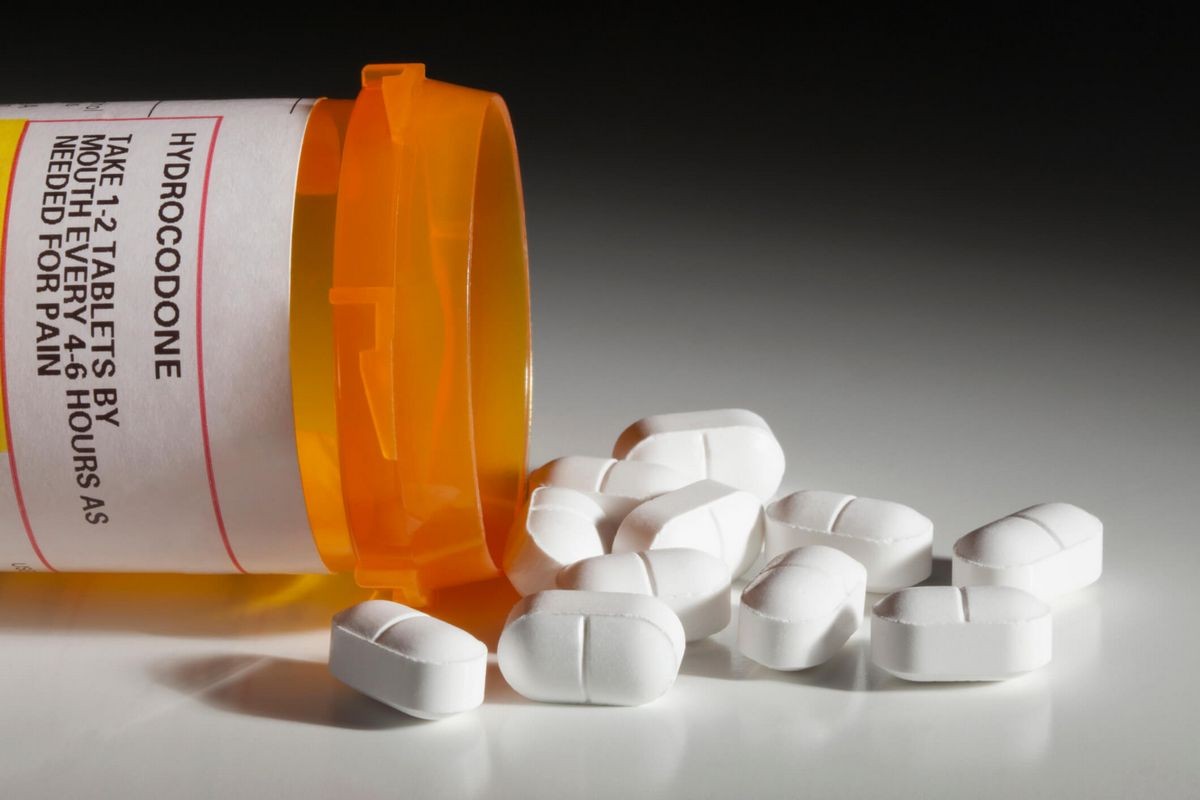
Contents
- 1 Tramadol vs. Vicodin
- 1.0.1 What are tramadol and Vicodin?
- 1.0.2 What are the uses for tramadol and Vicodin?
- 1.0.3 What are the side effects of tramadol and Vicodin?
- 1.0.4 Can I get addicted to tramadol and Vicodin?
- 1.0.5 What are the withdrawal symptoms of tramadol and Vicodin?
- 1.0.6 How should tramadol and Vicodin be taken (dosage)?
- 1.0.7 Which drugs interact with tramadol and Vicodin?
- 1.0.8 Are tramadol and Vicodin safe to take during pregnancy or while breastfeeding?
Tramadol vs. Vicodin
Tramadol (Ultram) and Vicodin (hydrocodone and acetaminophen) are prescription opioids for pain, but tramadol is weaker. Vicodin is used for severe pain when weaker opioids like tramadol don’t work. Vicodin contains acetaminophen, the active ingredient in Tylenol. Vicodin is derived from the poppy plant, while tramadol is synthetic.
Though Vicodin is more potent than tramadol, both are less potent than other opiates like morphine or fentanyl. This means their addiction and withdrawal risks are lower, but they can still be habit-forming.
Side effects for both drugs may include dizziness, confusion, sedation, constipation, and others.
Tramadol is a single-component pain medication, while Vicodin is a combination of hydrocodone and acetaminophen.
Neither tramadol nor Vicodin should be taken with alcohol or sedatives because it can intensify the effects. Respiratory depression is particularly dangerous when too much is taken or when mixed with the wrong medication.
What are tramadol and Vicodin?
Tramadol and Vicodin are opiates. Vicodin also contains acetaminophen. Tramadol is synthesized from precursor molecules, while Vicodin is derived from the poppy plant. Both target and activate the Mu receptors in the central nervous system to alleviate pain.
Opiates are highly addictive because they mimic the endogenous opioids produced naturally by the body. Endorphins, the main endogenous opioids, activate the same Mu receptors and can cause euphoria and addiction. Tramadol and Vicodin have a lower risk of addiction compared to other opiates.
Tramadol and Vicodin have a lower potency compared to other opiates, reducing the risk of addiction and withdrawal when used for short-term pain relief.
Acetaminophen in Vicodin elevates the threshold to pain and reduces fever.
QUESTION
What are the uses for tramadol and Vicodin?
Tramadol is used for moderate to moderately severe pain. Extended release tablets are used for chronic pain.
Vicodin is used for mild to moderately severe pain and cough suppression.
What are the side effects of tramadol and Vicodin?
The most frequent side effects of Vicodin and tramadol include lightheadedness, dizziness, nausea, vomiting, shortness of breath, sedation, allergic reactions, constipation, abdominal pain, rash, itching, and addiction.
Tramadol may cause seizures and serotonin syndrome when combined with certain drugs.
Vicodin can impair thinking and physical abilities required for driving or operating machinery. It may also depress breathing and should be used with caution in certain patients.
This is not a complete list of side effects. Consult your doctor for more information.
Can I get addicted to tramadol and Vicodin?
Vicodin and tramadol are habit-forming. Physical and psychological dependence can occur, especially with long-term use of Vicodin. Tramadol has a lower potential for addiction, but it is still possible. Withdrawal symptoms may develop if these drugs are abruptly stopped after prolonged use.
What are the withdrawal symptoms of tramadol and Vicodin?
Abrupt withdrawal may result in withdrawal symptoms similar to other opiates. Doses should be gradually reduced to avoid these symptoms.
How should tramadol and Vicodin be taken (dosage)?
Tramadol
- The recommended dose is 50-100 mg every 4-6 hours as needed for pain.
- The maximum dose is 400 mg/day.
- Tolerance can be improved by starting at 25 mg/day and increasing by 25-50 mg every 3 days until reaching 50-100 mg/day every 4-6 hours.
- Tramadol can be taken with or without food.
- Extended release tablets should be swallowed whole and not crushed or chewed. The recommended dose is 100 mg daily.
Vicodin
- The usual dose for adults is 1 to 2 tablets or capsules (hydrocodone 2.5 to 10 mg; acetaminophen 300 to 750 mg) every 4 to 6 hours, or 15 mL of liquid every 4 to 6 hours as needed.
Which drugs interact with tramadol and Vicodin?
Both tramadol and Vicodin may increase central nervous system and respiratory depression when combined with alcohol or certain drugs. These drugs should not be taken with alcohol, anesthetics, tranquilizers, or sedative hypnotics. Carbamazepine reduces the effect of tramadol, while quinidine increases the concentration of tramadol. Combining tramadol with certain antidepressants or other drugs can result in severe side effects. Vicodin should not be taken with MAOI class antidepressants or drugs that inhibit monoamine oxidase.
This is not a complete list of drug interactions. Inform your doctor about all medications you’re taking.
By clicking Submit, I agree to the MedicineNet’s Terms & Conditions & Privacy Policy and understand that I may opt out of MedicineNet’s subscriptions at any time.
Are tramadol and Vicodin safe to take during pregnancy or while breastfeeding?
The safety of tramadol and Vicodin during pregnancy has not been systematically studied, and opiate use should be avoided due to the risk of dependence in the fetus. Small amounts of both drugs may be secreted in breast milk, but the dose is typically too small to cause problems. Evaluate the risks with your doctor before deciding whether to take these medications while breastfeeding.


